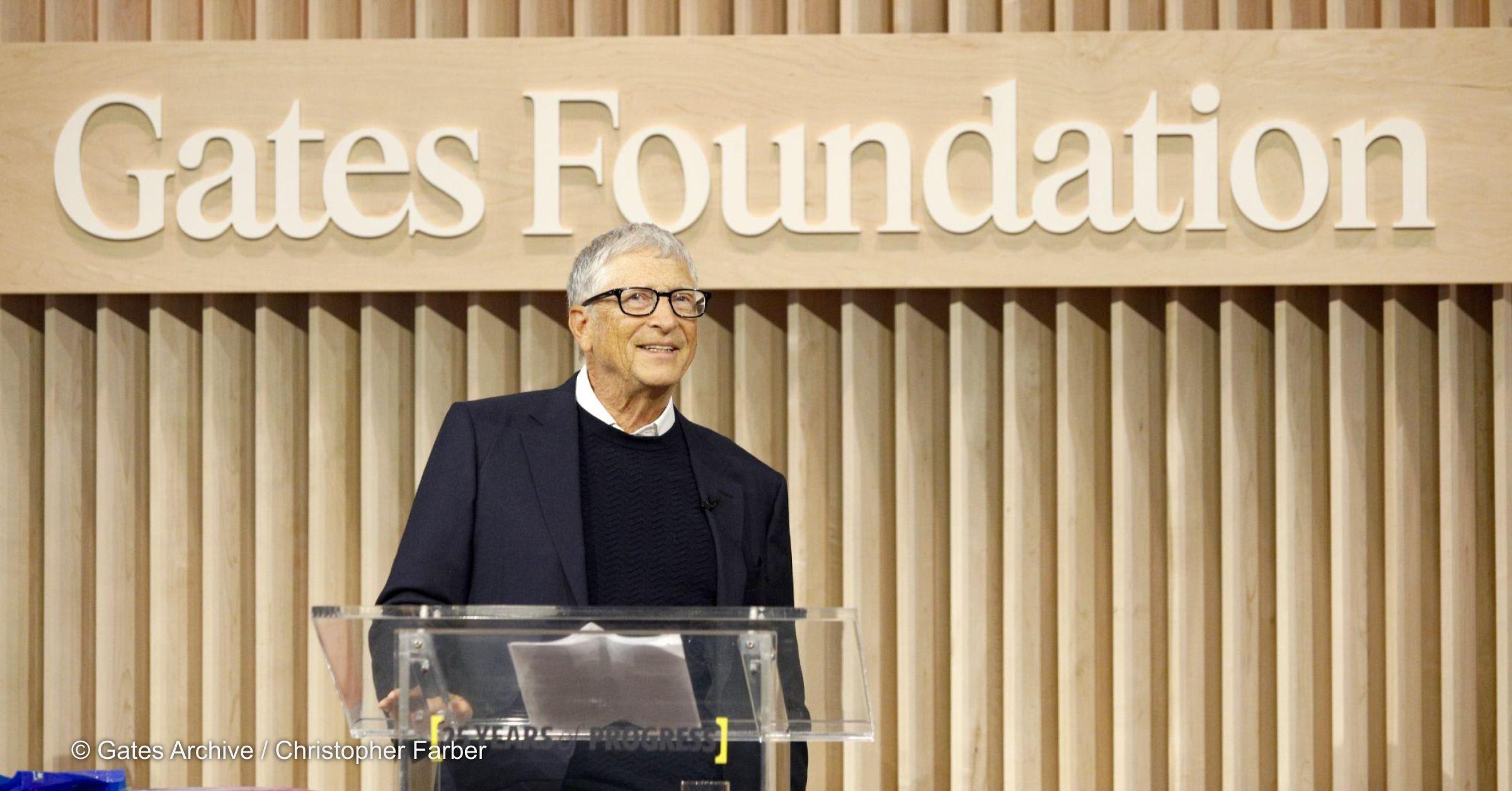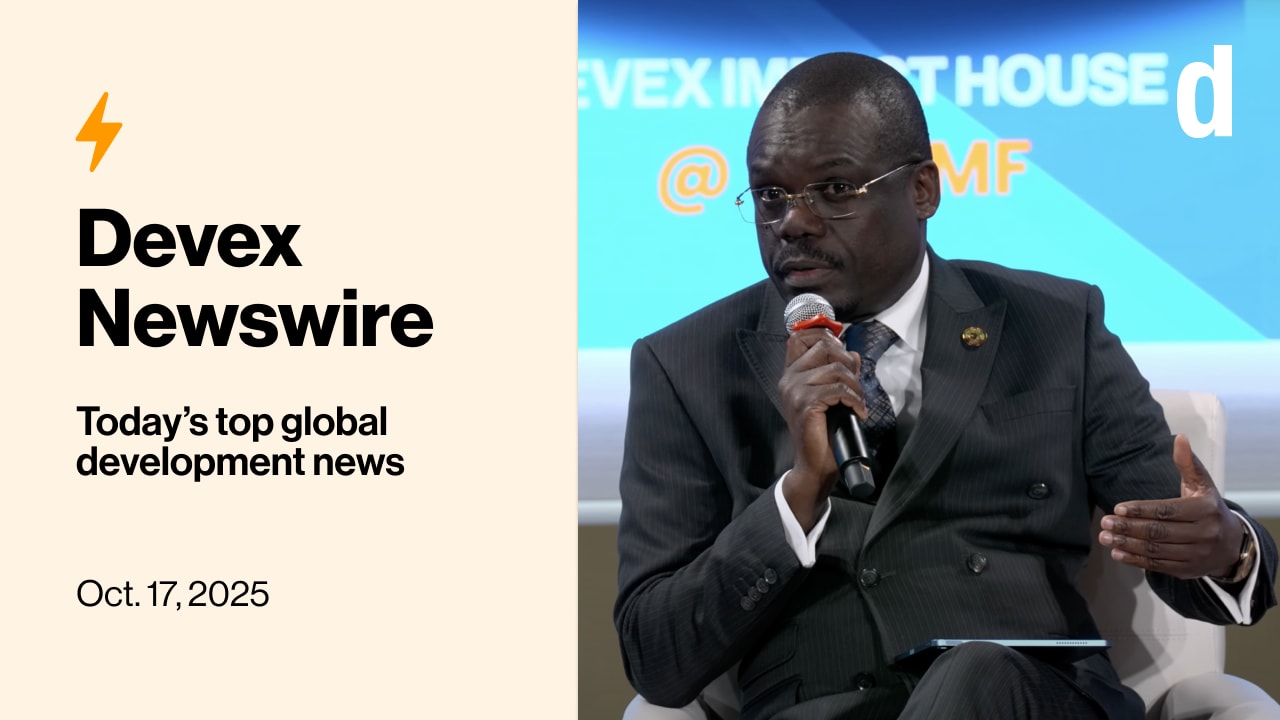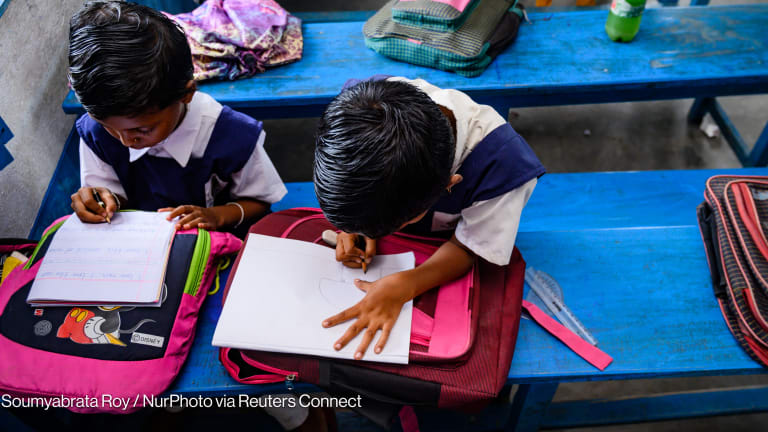
Don’t judge a foundation by its Web site. The Howard G. Buffett Foundation doesn’t have one, but in 2009 the foundation distributed $38.6 million to support its projects, primarily in hard-to-reach places in Africa and Central America.
The low-visibility organization based in Decatur, Illinois, is becoming particularly important in Central America, where access to food is often limited and malnutrition is on the rise. In 2010, the foundation plans to spend more in Central America than in Africa for the first time, reversing a decade-long funding trend.
The Buffett Foundation was created in 1999 with the goal of improving the standard of living for the world’s most impoverished and marginalized populations. Since its inception it has worked in 73 countries worldwide with a focus on agricultural production and water projects.
Howard Buffett is the eldest son of billionaire investor Warren Buffett. He has been a politician, photographer, philanthropist and farmer, and has long been interested in Mexico and Central America.
“I got involved in the immigration issue seven or eight years ago and I started making one or two trips a year down to the border and spent time with the U.S. Border Patrol,” he said.
During one of his trips to the border in 2005, Buffett met a Catholic priest who was managing an immigrant safe house on the border. Through the priest, Buffett was connected to Catholic Relief Services, which was supporting a network of immigrant refuges in Mexico and Central America.
CRS would become one of three of the foundation’s primary implementing partners.
Difficult work in hard-to-reach places
Part of the appeal of CRS for Buffett was its ready-made network of church pastorates in isolated communities the foundation is tasked to help but that are not easily reached by foreign development entities.
“Our goals are trying to reach some of the poorest populations in the rural areas,” Buffett said. “That’s where the poverty and malnutrition is worst.”
But even with CRS’s on-the-ground support, the Buffett Foundation’s mission of working with small and subsistence farmers is continually challenging. In addition to working in isolated communities in the Guatemalan highlands, the foundation is also engaged in conflict-ridden countries such as the Democratic Republic of the Congo and Sudan.
“People like to think - particularly with agriculture - that there is some really glorious, easy way to go in and deal with it,” Buffett said. “The fact is that it’s hard, laborious work that doesn’t always succeed.”
Buffett’s emphasis on qualitative and not just quantitative change means that progress is incremental and sometimes hard to see.
“What’s different is we are actually trying to change behavior,” Buffett said. “Instead of a standard program where you go in … and give them some inorganic fertilizer [saying], ‘Here’s a little bit of training, let’s take your yield from one ton to two tons’… But there’s no intervention in terms of the nutrition or the micronutrients.”
Nurturing self-sufficiency
The foundation has invested $186 million around the world since it was created in 1999. Buffett’s Midwestern farmer roots - and philanthropic experience - shape his approach to giving.
“My one rule for this project we are looking at for next year is that you can’t give anyone anything,” Buffett said. “You can’t give them fertilizer, you can’t give them seed, no inputs. If you do that you are just going to create a dependency. We’ve done some projects like that in Africa, we are guilty of that. But I’ve just seen in the last five years, that’s not a very good way to do it.”
This push toward self-sufficiency is at the core of the foundation’s Purchase for Progress project, managed in partnership with the United Nation’s World Food Program. The project is budgeted $5 million per year each for El Salvador, Nicaragua, and Guatemala from 2010-2012.
“It’s all about the World Food Program helping small-scale farmers produce a quality and consistent product so that the WFP can purchase the product from small farmers rather than import it from other countries,” Buffett said. “So the ideal situation is you have a particular district where WFP has … a program and right now let’s say they require two tons of food or four tons of food, and they are importing all the food. The goal is to reduce that significantly so that you begin to buy product from local small farmers.”
In addition to creating internal markets for small-scale farmers, Purchase for Progress will raise the bar on farmers’ agricultural skills.
“These farmers will understand the best agronomy techniques and the best way to maintain quality products,” Buffet said.
Increasing funding in Central America
Like much of the foundation’s work for the near future, Purchase for Progress will focus on Central America. Buffett said he is increasing work in this region because of a relative lack of attention from the donor community coupled with the potential for success.
“I think the reason you’ll see a shift is that there’s such little funding going into Central America in terms of agricultural development. They’ve kind of fallen off the radar screen,” Buffet said. “A lot of how money goes places is determined by per-capita income or other statistics. Central American countries often beat those statistics - sometimes barely - but they got knocked off the radar screen for a certain amount of funding. Combining that with the fact that we might be able to make more progress in Central America quicker is driving my decision-making.”
Buffett is also looking at Central America for increased impact through regional programming.
“One thing you can do in Central America that is incredibly difficult to do in Africa is looking at regional development,” he said. “It’s very difficult to do very much regional integration in Africa. Sometimes it’s conflict, other times it’s how governments view things, sometimes it’s just geography.”
Limited exposure and selective partnerships
Although it disburses tens of millions of dollars on several continents, and Buffett has traveled to more than 90 countries, the foundation is not well-known considering its size. Buffett’s aversion to computer technology is probably one reason the foundation isn’t on the Web, but it also has to do with his disinterest in public accolades.
“I just feel like we are not looking for credit for what we do,” he said. The foundation also doesn’t accept unsolicited proposals and has a lean staff of nine.
Congruent with the foundation’s low-profile is its limited number of partnerships. The Buffett Foundation works with only a handful of trusted partners worldwide. In addition to CRS, other major implementing partners are Care International and the World Food Program.
“We’ve tried things with other organizations but we just don’t have the same chemistry,” Buffett said. “I trust the people at CRS and Care. If they tell me something I can believe them. Things change on the ground and you have to have a partner who is honest with you.”
Buffett said that the partnerships that haven’t worked highlight the value of successful collaborations.
“If you’ve had really good success with Care or CRS, or whatever, then you begin to think this is easy,” he said. “And then you start something with someone else and it doesn’t work very well. [Only then do] you appreciate the fact that some of these partnerships aren’t so easy and you work a little harder with the ones that work so well.”
Still, Buffett concedes that the foundation can’t stay of the grid forever.
“We’ll probably end up having to do that [launch a Web site] eventually,” he said. “One of the best arguments for doing it is getting out there and sharing what we’ve learned. I think one of the strongest arguments is how do you deliver some of the information to other people they can benefit from.”








